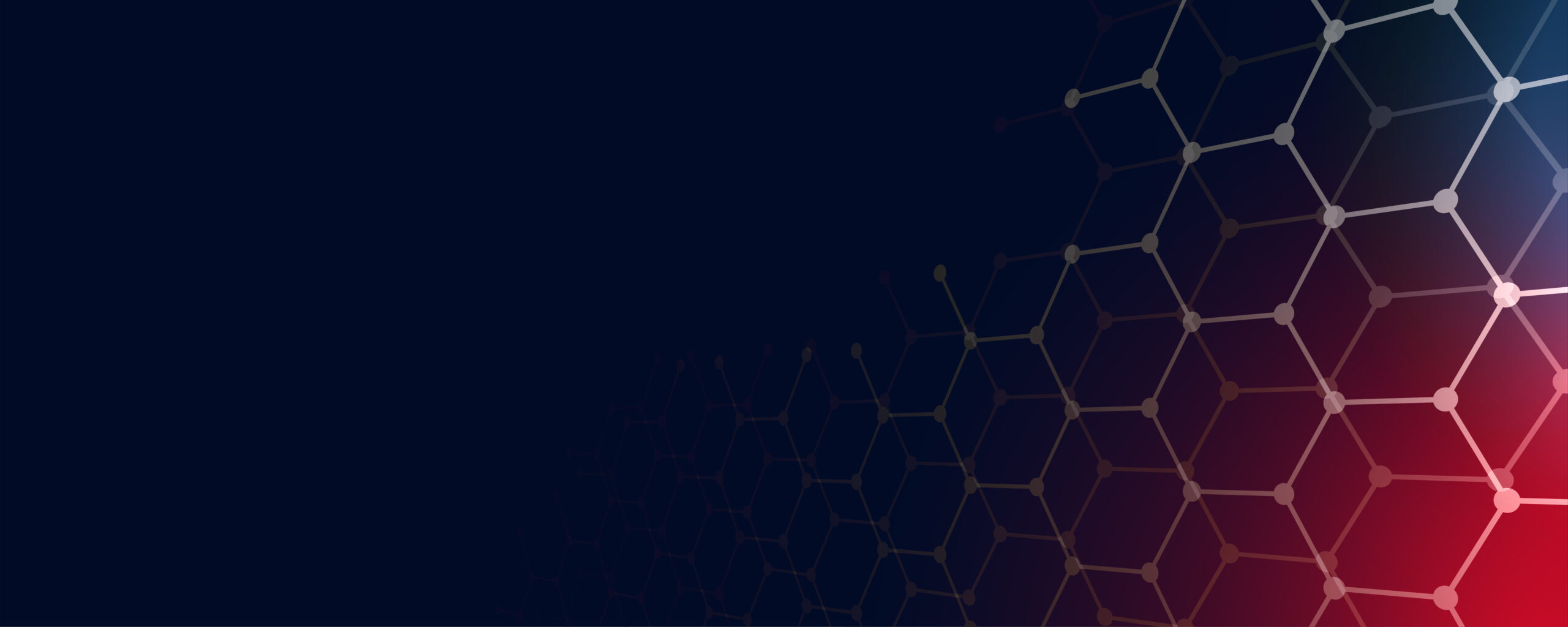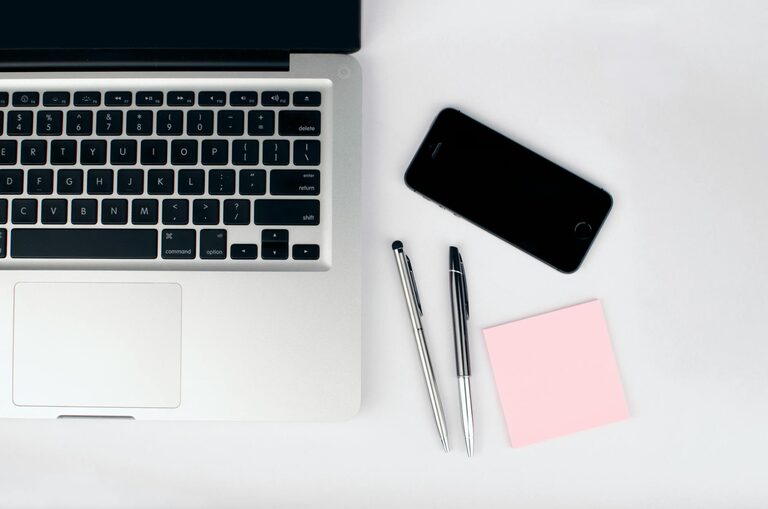How to Declutter Your Digital Life for Better Focus and Productivity
In today’s fast-paced world, our digital lives can quickly become cluttered with files, apps, emails, and notifications. A disorganized digital space can cause stress, reduce productivity, and make it harder to find important information when you need it. The good news is that decluttering your digital life is achievable with a few consistent habits and simple strategies.
In this post, we’ll explore practical steps to help you clean up your digital environment, stay organized, and regain control of your devices.
Why Declutter Your Digital Life?
Just like physical clutter, digital clutter can distract you and create unnecessary friction in your daily activities. Benefits of decluttering your digital life include:
– Improved focus: Fewer distractions mean better concentration.
– Enhanced productivity: An organized workspace saves time and effort.
– Reduced stress: A clean digital environment feels more manageable.
– Better security: Removing unused apps and files can protect you from vulnerabilities.
Step 1: Organize Your Files and Folders
Start by creating a clear folder structure that makes sense to you. Here’s how:
Create a Folder System
– Use broad categories like Work, Personal, Finance, Photos, and Projects.
– Within each, add subfolders with specific topics or dates, e.g., “2024 Taxes” under Finance.
– Keep folder names consistent and straightforward.
Sort Through Existing Files
– Delete duplicates, outdated documents, and files you no longer need.
– Rename files with descriptive names for easier searching.
– Consider using cloud storage (Google Drive, Dropbox) to keep files accessible and backed up.
Use Search and Tags
– Most operating systems let you tag files with keywords.
– Tags help you find documents quickly without digging through folders.
Step 2: Manage Your Emails
Email inboxes can be overwhelming, but with some organization, you can gain control.
Unsubscribe and Filter
– Unsubscribe from newsletters or promotions you no longer read.
– Use filters to automatically sort incoming emails into folders or labels.
Archive or Delete
– Archive emails you want to keep but don’t need immediately.
– Delete unnecessary emails to free up space and reduce clutter.
Limit Checking Frequency
– Set specific times to check your email instead of constant monitoring.
– This helps reduce distractions and keeps you focused on tasks.
Step 3: Clean Up Your Apps and Programs
Too many apps can slow down your device and waste storage.
Audit Your Apps
– Review all installed apps on your devices.
– Delete apps you haven’t used in the last few months.
– Consider uninstalling apps that duplicate functions.
Organize Your Home Screen
– Group similar apps into folders such as Social, Productivity, Entertainment.
– Keep only the most-used apps on your main screen.
Update Regularly
– Keep apps and programs updated for security and performance.
– Remove apps with poor reviews or known security issues.
Step 4: Streamline Your Digital Accounts
Managing many online accounts can be challenging and pose security risks.
List Your Accounts
– Write down or use a password manager to track all your online accounts.
Delete Unused Accounts
– Deactivate or delete accounts you no longer use to reduce data exposure.
Strengthen Passwords
– Use strong, unique passwords for each account.
– Enable two-factor authentication where available.
Step 5: Manage Digital Notifications
Notifications can disrupt your focus and contribute to digital clutter.
Customize Notifications
– Turn off non-essential notifications for apps and email.
– Use “Do Not Disturb” modes during focus time.
Use Notification Summaries
– On some devices, you can schedule notification summaries to reduce constant interruptions.
Step 6: Backup Important Data
Backing up your data ensures you don’t lose important files during decluttering or device issues.
Choose Backup Methods
– Cloud backup services like iCloud, Google Drive, or OneDrive.
– External hard drives or USB drives.
Schedule Regular Backups
– Set automatic backups or reminders to back up data weekly or monthly.
Step 7: Maintain a Digital Decluttering Habit
Decluttering is not a one-time task but a habit.
Schedule Regular Reviews
– Set aside time monthly or quarterly to clean up files, emails, and apps.
Adopt Minimalist Practices
– Be mindful about downloading new apps or files.
– Delete or organize immediately instead of postponing.
—
By following these steps, you can create a more organized, efficient digital environment that supports your goals and reduces everyday stress. Remember, a well-maintained digital life saves time and improves your overall well-being.
Try implementing one step at a time and enjoy the benefits of a clearer digital world!


